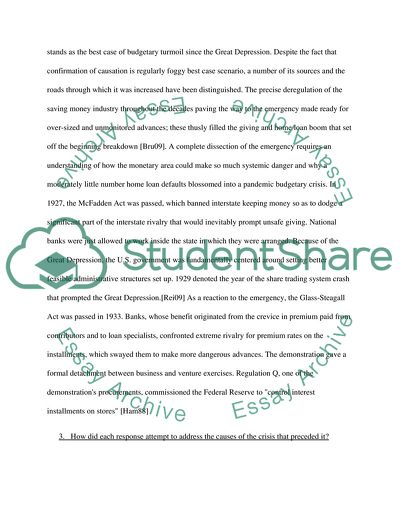Cite this document
(Role of Financial institutions in Global Crisis Term Paper, n.d.)
Role of Financial institutions in Global Crisis Term Paper. https://studentshare.org/macro-microeconomics/1825800-role-of-financial-institutions-in-global-crisis
Role of Financial institutions in Global Crisis Term Paper. https://studentshare.org/macro-microeconomics/1825800-role-of-financial-institutions-in-global-crisis
(Role of Financial Institutions in Global Crisis Term Paper)
Role of Financial Institutions in Global Crisis Term Paper. https://studentshare.org/macro-microeconomics/1825800-role-of-financial-institutions-in-global-crisis.
Role of Financial Institutions in Global Crisis Term Paper. https://studentshare.org/macro-microeconomics/1825800-role-of-financial-institutions-in-global-crisis.
“Role of Financial Institutions in Global Crisis Term Paper”. https://studentshare.org/macro-microeconomics/1825800-role-of-financial-institutions-in-global-crisis.


